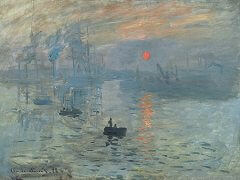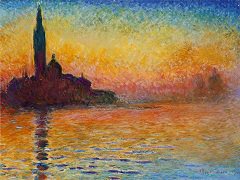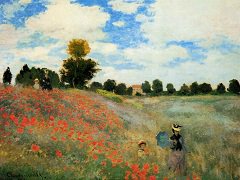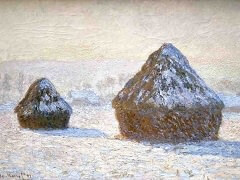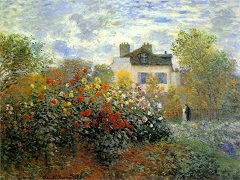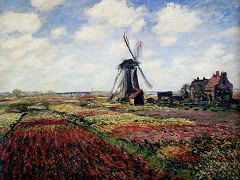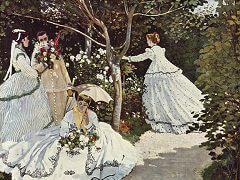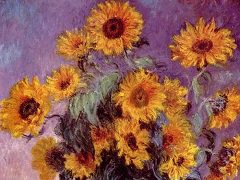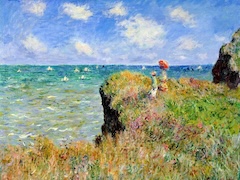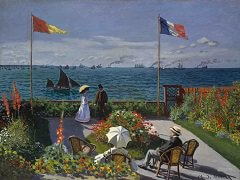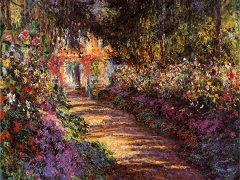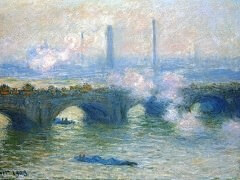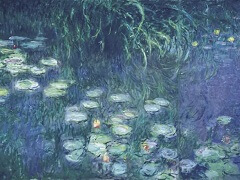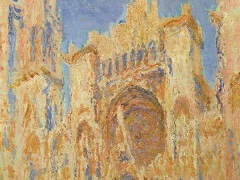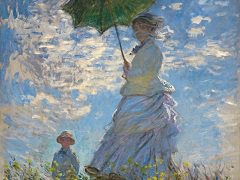The Cliffs at Etretat, 1885 by Claude Monet
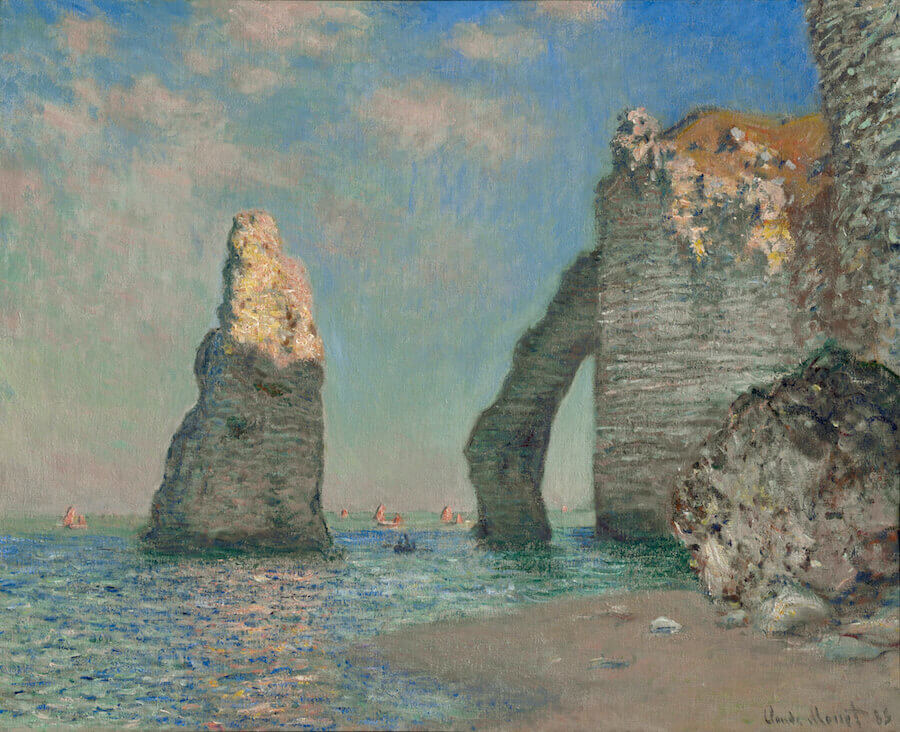
Monet was inspired by Etretat in the Caux region of Normandy, which he visited every year between 1883 and 1886. He had first come across the area in 1868 and was particularly drawn by how picturesque it was - so much so that it resulted in more than 50 paintings. However, he only painted the Manneporte - the largest of three arches known as the "Gates," twice. When this work was created in c. 1885, Monet regularly met with Guy de Maupassant, a popular 19th-century French writer - often considered one of the "fathers" of the modern short story. Etretat, where Maupassant was living at the time, was the selling chosen for a number of his own works. His thoughts and feelings were mirrored in the works created by Monet of these monumental cliffs and his love of the Normandy coast. Known as the "Elephant and the Needle," due to the rock formations, these famous cliffs are painted by Monet in a typical Impressionist style, with its atmospheric conditions and the effect of the light. The illusion of movement on the sea is carefully created using separate brushstrokes, combined with vibrant colors. Monet was renowned for applying one color over another while the first was still wet - this is evident in this painting through the setting sun.
The work was painted during the winter months, presenting the artist with a number of obstacles, not least the weather, the difficult terrain, and the changing tides.

